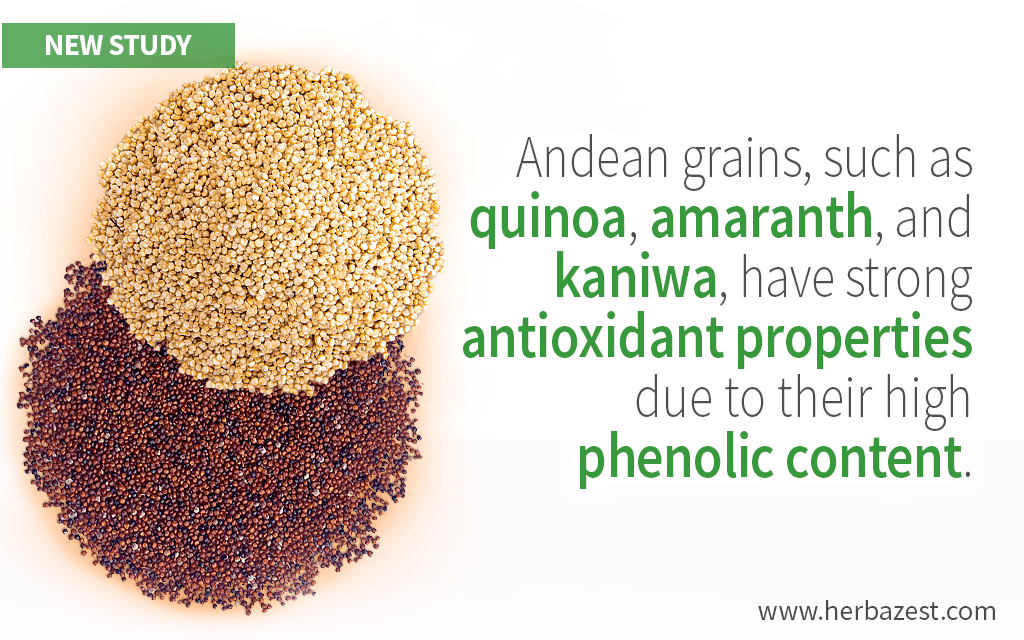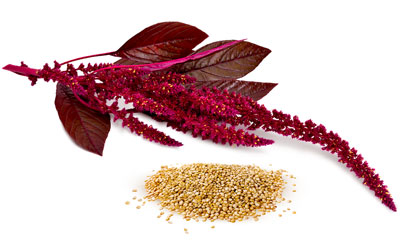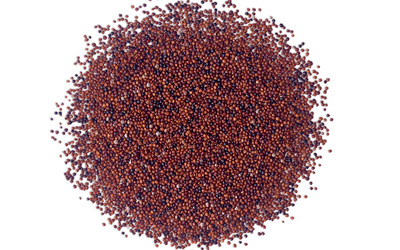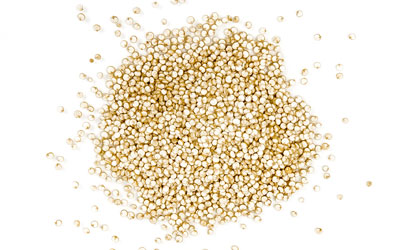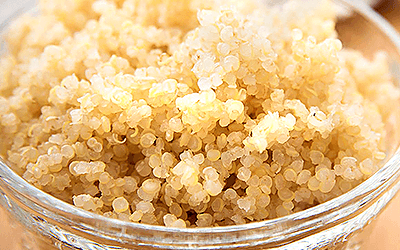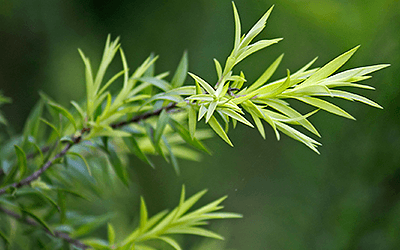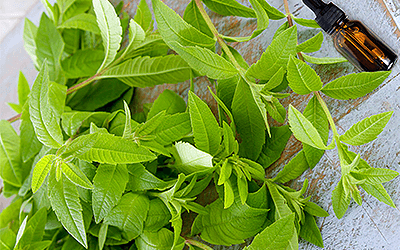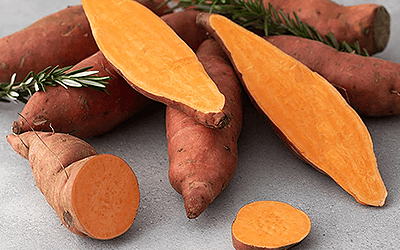The Andean region is home to a wide variety of crops, many of which are dubbed as superfoods. This is where pseudograins such as quinoa, amaranth, and kaniwa thrive despite harsh climate conditions and high altitudes.
The Andean grains are known to be a good source of all three macronutrients (that is, proteins, fats, and carbohydrates) and several micronutrients, such as manganese. A few studies have also suggested that these grains may have antioxidant properties due to their polyphenols.
To further explore this topic, researchers analyzed the levels of phenolic acids, flavonoids, and betalains in several popular Andean grains.
The Study
This study was a collaboration between the researchers from the National Agrarian University (Lima, Peru) and the MTT Agrifood Research Finland (Jokioinen, Finland). Their findings were published in the Food Chemistry journal.1
Several varieties and ecotypes of quinoa (10), amaranth (5), and kaniwa (4), harvested from the Peruvian Andes, were tested in this study. Researchers analyzed their phenolic acid, flavonoids, and betalains contents as well as their basic nutritional profiles.
The Results
All three analyzed Andean grains were found to contain phenolic acids, although they varied significantly in their types and levels. The soluble and total phenolic acid contents were higher in quinoa samples than amaranth and kaniwa samples and were comparable to those found in corn, rice, barley, and oats.
Quinoa and kaniwa also showed exceptionally high levels of flavonoids, even higher than those found in berries, which are famous for their high flavonoid content. Quercetin and kaempferol were the most abundant flavonoids in quinoa, while kaniwa had high levels of quercetin and isorhamnetin. No flavonoids were found in amaranth.
In terms of nutritional composition, kaniwa samples had substantially higher protein (15.21%) and fiber contents (7.89%) than quinoa (12.61% and 3.04%) and amaranth (14.23% and 4.99%).
What Does this Mean?
The results of this study have shown that the Andean grains are great sources of phenolic compounds, especially flavonoids in quinoa and kaniwa. This is a surprising discovery as other cereals, such as wheat, oats, barley, and rye, do not contain flavonoids.
These phytonutrients are known to offer a wide variety of health benefits thanks to their antioxidant and anti-inflammatory properties, among others. Adding Andean grains to one's everyday meals can allow one to enjoy these and other properties these superfoods have to offer.
Other herbs naturally rich in flavonoids are green tea, onions, kale, and parsley.
Sources
- Food Chemistry, Flavonoids and other phenolic compounds in Andean indigenous grains: Quinoa (Chenopodium quinoa), kañiwa (Chenopodium pallidicaule) and kiwicha (Amaranthus caudatus, 2010
Footnotes:
- Food Reviews International. (2006). Nutritional Value and Use of the Andean Crops Quinoa (Chenopodium quinoa) and Kañiwa (Chenopodium pallidicaule). Retrieved September 30, 2021, from https://www.tandfonline.com/doi/abs/10.1081/FRI-120018884
